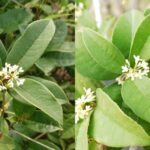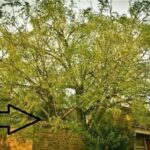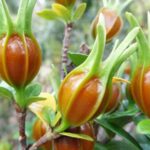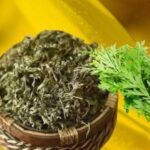The Golden Comb Tree, or Cassia fistula, is a versatile plant that is commonly used in folk medicine and as an ornamental tree in Vietnam. As implied by its name, the tree is believed to bring wealth and prosperity to its owners. Its vibrant green foliage stays lush throughout the year with minimal leaf shedding, making it a popular choice for home gardening.

Golden Comb Tree – Evergreen Beauty
Who Should Grow the Golden Comb Tree?
The Golden Comb Tree is particularly suited for those with Kim and Thuy elemental balances in Vietnamese Feng Shui. Incorporating this tree into your home or garden is believed to attract positive energy, enhance wealth, and bring good health. For optimal energy flow, it is recommended to place the tree in the south or southeast direction, facing the sun.
Health Benefits of the Golden Comb Tree
In traditional medicine, the Golden Comb Tree is considered a panacea, used to treat a range of ailments, including cardiovascular issues, high blood pressure, liver diseases, cancer, and burns. All parts of the tree are usable, and it can be consumed as a tea, tincture, or mouthwash, or even infused in alcohol for medicinal purposes.
The tree owes its therapeutic properties to a unique combination of compounds, including Phytosterol (a Steroid), Flavonoids (Kaempferol and Quercetin), and trace minerals such as Chromium, Iron, and Copper. These substances work together to deliver powerful antioxidant effects, protecting the body against cancer and cardiovascular diseases, while also offering anti-inflammatory benefits to those suffering from arthritis. The Flavonoid Kaempferol, in particular, aids in strengthening capillaries and promoting diuresis, while the Steroid compounds exhibit estrogen-like activity, helping to prevent fibroid tumors.
The Golden Comb Tree is easy to cultivate and maintain, making it an ideal choice for those interested in herbal medicine. Many households grow this tree to use its leaves for tea or alcohol infusions.
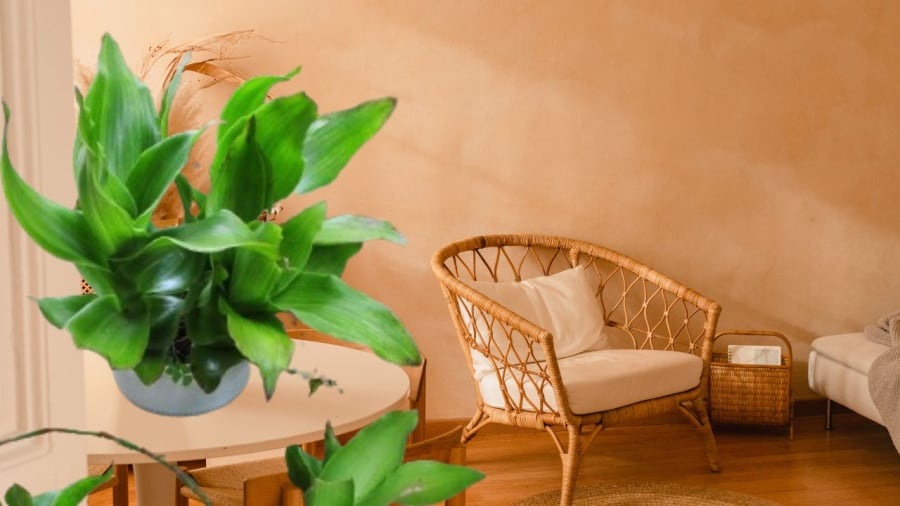
Easy to Grow at Home
How to Grow and Care for the Golden Comb Tree
Propagation is simple and can be done by cutting a branch or twig and planting it directly into the soil. As the tree grows, it will produce new shoots with connecting roots, allowing for easy replication. The Golden Comb Tree thrives with daily watering, as it prefers moist conditions, and it grows rapidly.
Both fresh and dried leaves of the Golden Comb Tree can be used. You can either consume them directly or infuse them in alcohol or water for drinking.
Disclaimer: This information is based on traditional beliefs and practices. Always consult a healthcare professional before using any herbal products.
“The Ultimate Guide to Growing a Prosperous and Fragrant Mok Huong Plant”
The Bead Tree, also known as the Persian Lilac, is an enchanting evergreen that casts a spell of beauty and serenity wherever it grows. With its graceful branches and fragrant blooms, this tree offers a symphony of delights for the senses. Its flowers, borne in profusion, lend themselves to a myriad of uses, from brewing delicate teas to crafting exquisite baked goods. For those seeking to cultivate their own bit of paradise, the following guide will ensure your journey towards nurturing this magnificent tree is a rewarding one.
Why Did Our Ancestors Recommend Planting Wormwood in Front of the House? The Significance of Wormwood That Many Are Unaware of.
Absinthe, also known as wormwood, is a popular herb with a long history of culinary and medicinal use. But did you know that it also holds a special place in the world of Feng Shui? This versatile plant is believed to possess unique properties that can influence the energy and harmony of your space.

























